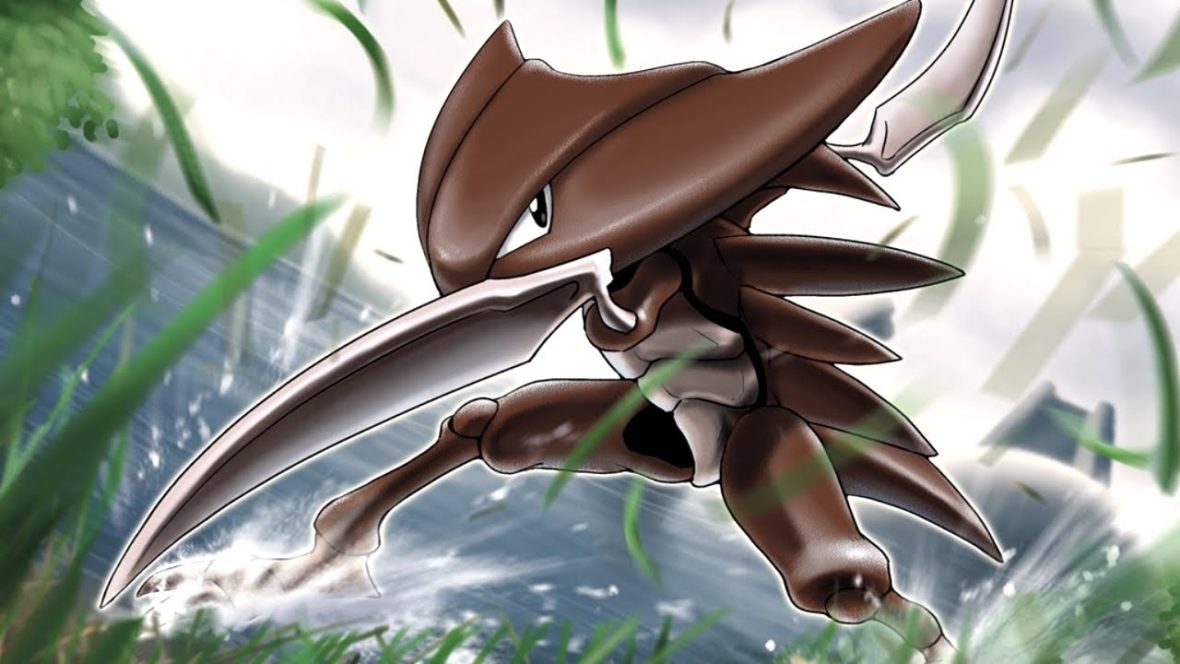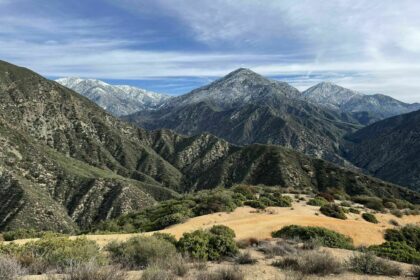Kabutops is a dual type Rock and Water Fossil Pokemon introduced in Generation I. It evolves from Kabuto starting at level 40, after it is revived from a Dome Fossil. Take a look below for 25 fun and interesting facts about Kabutops.
1. Kabutops is a bipedal Pokemon with a skeletal build.
2. It has a flat, half-circular head with a point on each side and two small eyes on the front.
3. It is mostly brown, except for its light gray chest and abdomen.
4. There is a ridge down its back with three flat spines on either side and it has a flat, pointed tail. Instead of hands, its forearms have large, sharp, gray scythes.
5. Its thin legs are brown lead to small feet with two large gray claws.
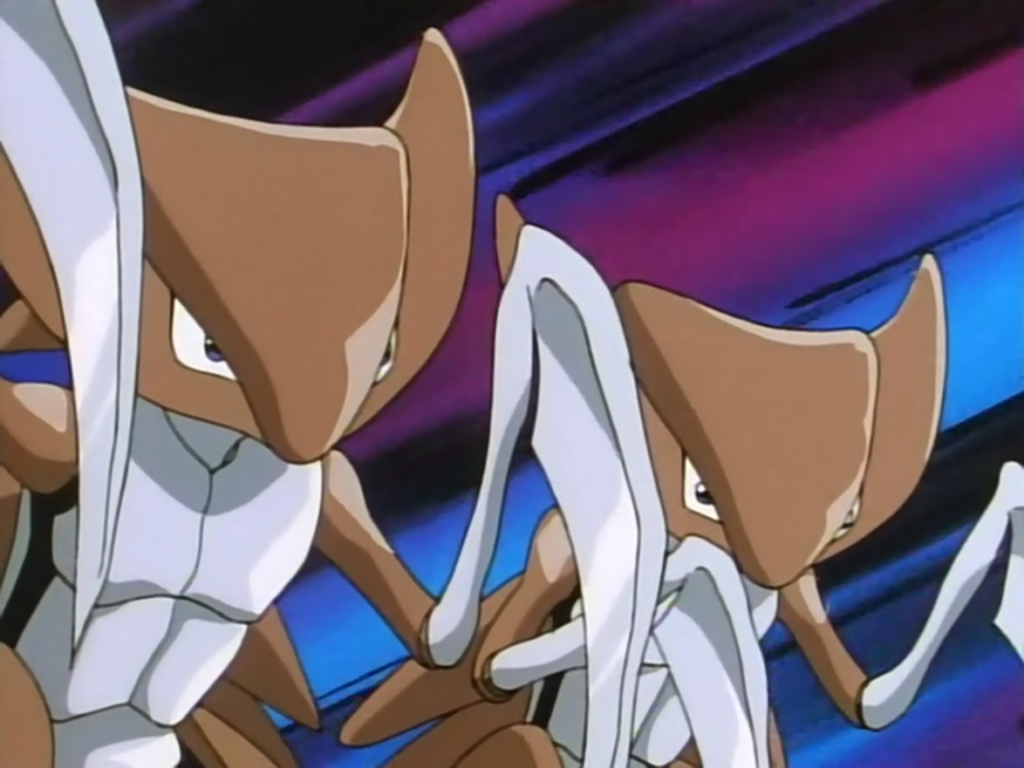
6. Before it went extinct, Kabutops was in the process of evolving into a land dweller as evident by changes in its gills and legs.
7. This change is thought to be due to its prey moving onto land as well.
8. In its ocean home Kabutops could tuck up its limbs to help it swim extremely fast, up to roughly 29 knots.
9. It used its sharp scythes to slice enemies and drink their internal fluids.
10. In the Pokémon Red and Blue beta, Kabutops was originally known as “Lantis”. This is derived from the word “Atlantis”.
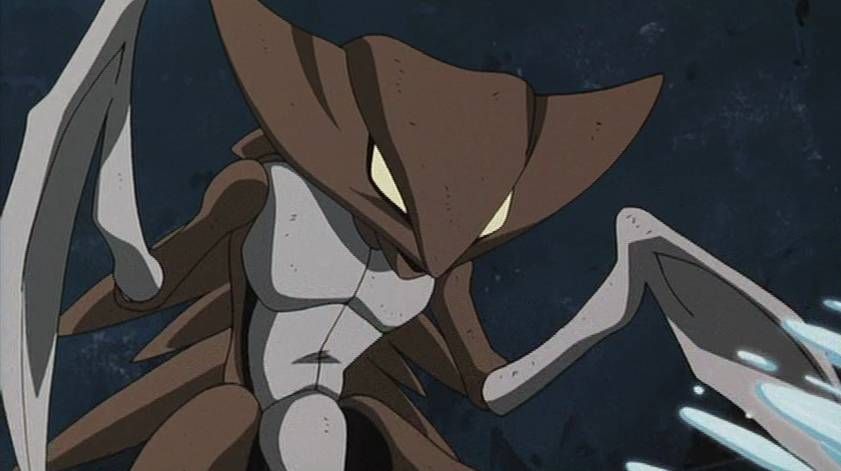
11. Kabutops has a scientific name, Kabutops maximus, which was stated in Fossil Fools. The only other Pokémon with a known scientific name is Oddish, with Oddium Wanderus. The name Kabutops maximus does have a real meaning; when translated, it means “the largest kabuto-face”, referring to the size and shape of Kabutops’s head.
12. Kabutops and its pre-evolution share their category name with Blastoise. They are all known as the Shellfish Pokémon.
13. Similar to how Kabuto is based on horseshoe crabs, Kabutops resembles eurypterids, prehistoric arthropods that hunted in seas and rivers and are believed to have been related to modern horseshoe crabs.
14. The large head is also identical to the cephalon in trilobites and the spines down the back resemble their thoracic sections, though the scythes and predatory nature closely resemble eurypterids more. Because of the cross-similarities, it may also be based on the Cheirurus genus of trilobites.
15. Kabutops’s name derives from both the Japanese words kabuto (helmet) and kabutogani (horseshoe crab). The end of its name may derive from the Greek word ops (face), or it might refer to the living fossil triops or the fact that its helmet is now on the top of its head and no longer covers its whole body.
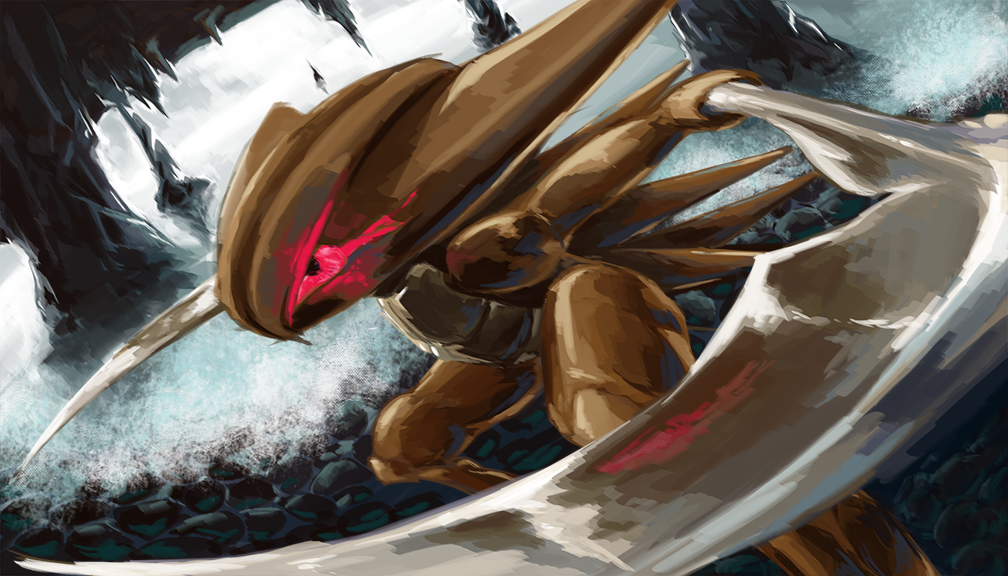
16. Two Kabutops physically debuted in Attack of the Prehistoric Pokémon. They were some of the Fossil Pokémon that were awakened by a dynamite explosion in Grampa Canyon.
17. A giant Kabutops appeared in Pokémon Heroes: Latios & Latias, where it was resurrected from a fossil alongside an Aerodactyl by Annie and Oakley. In the English dub, they were once used by an evil Trainer to torment the civilians of Alto Mare, but were drowned when a Latios brought water to the city. It was sent to chase after Ash and Latias. It had blank, yellow-tinted eyes with no pupils and a thick black outline.
18. A Kabutops appeared in Wild in the Streets!, where it escaped the Oreburgh Mining Museum with the help of a rampaging Aerodactyl. It was briefly captured by Team Rocket, but it was then recalled back into its Poké Ball.
19. A Kabutops appeared in Dealing With Defensive Types! at the Canalave Gym. When Team Rocket attempted to steal Fossils, Kabutops heard them and chased after them.
20. Kabutops appeared in Island of the Giant Pokémon on a theme park island populated with giant mechanical Pokémon.

21. A Kabutops appeared in the Japanese credits of Pikachu’s Rescue Adventure.
22. A Kabutops Fossil was seen in Fossil Fools.
23. A Kabutops appeared in the opening sequence of Lucario and the Mystery of Mew.
24. Dr. Yung used a Mirage Kabutops in The Mastermind of Mirage Pokémon.
25. A Kabutops appeared in a fantasy in A Gruff Act to Follow!.

